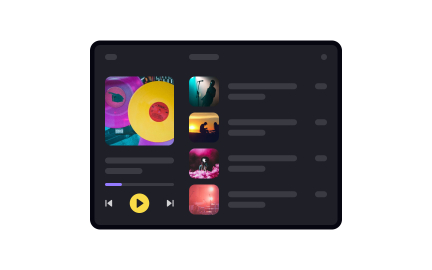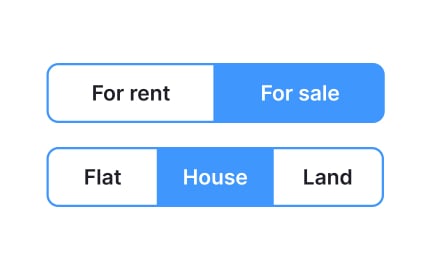Mobile Gesture Design
Mobile gesture design maps natural finger movements such as taps, swipes, or pinches, actions in apps, improving speed and intuitiveness.
What is Mobile Gesture Design?
Users struggle to navigate your mobile app because the gestures feel unnatural or unpredictable, even though touch interaction should make everything more intuitive. You've probably watched user tests where people tap, swipe, and pinch in ways that break your interface or trigger unintended actions.
Most mobile apps fail at gesture design because teams implement gestures based on technical possibilities rather than human motor patterns and learned behaviors, creating interfaces that fight against natural hand movements.
Mobile gesture design is the strategic implementation of touch-based interactions including swipes, taps, pinches, and multi-finger gestures that feel natural, discoverable, and efficient for mobile users while providing intuitive pathways to accomplish tasks through physical interaction with touchscreen interfaces.
Well-designed gesture interfaces can increase user engagement by 40-60% and reduce task completion time by 25-35% because they eliminate the cognitive overhead of button-hunting and menu navigation.
Think about how Instagram's double-tap to like feels instantly natural, or how Apple's pinch-to-zoom became universally understood across all touchscreen devices. These gestures work because they map to intuitive physical actions that users can discover and remember easily.
Why Mobile Gesture Design Matters for App Success
Users abandon your mobile app or struggle to use key features because gesture interactions feel awkward, inconsistent, or require conscious thought rather than flowing naturally from intention to action.
The cost of poor gesture design compounds with usage. You get frustrated users, lower feature adoption, poor app store ratings, and competitive disadvantage against apps that feel more intuitive and responsive to touch interaction.
What effective mobile gesture design delivers:
Faster user onboarding because intuitive gestures reduce the learning curve for new users who can discover functionality through natural exploration rather than tutorial instruction.
When gestures feel natural, users learn your app by doing rather than by reading instructions. They experiment with confidence because gestures match their expectations.
Higher engagement rates as fluid gesture interactions create satisfying user experiences that encourage continued app usage and deeper feature exploration over time.
Better accessibility for users with different motor abilities because well-designed gestures can accommodate various hand sizes, grip styles, and physical capabilities through flexible implementation.
Reduced interface complexity since gestures can replace multiple buttons and menu options with direct manipulation that feels more immediate and spatial than abstract controls.
Stronger user retention because apps with excellent gesture design create muscle memory and interaction satisfaction that makes switching to competitors feel awkward and inefficient.
Advanced Mobile Gesture Design Strategies
Once you've mastered basic gesture implementation, develop sophisticated interaction patterns and contextual adaptations.
Context-Aware Gesture Behavior: Design gestures that adapt based on content type, user state, or device orientation to provide optimal interaction regardless of usage context or environment.
Multi-Modal Gesture Integration: Combine gestures with voice, device sensors, and environmental context to create richer interaction possibilities that extend beyond pure touch input.
Gesture Customization Systems: Allow advanced users to modify gesture mappings or create custom gesture shortcuts that match their personal usage patterns and efficiency preferences.
Cross-App Gesture Consistency: Design gesture patterns that work harmoniously with other apps users frequently use, reducing cognitive switching costs and improving overall mobile experience.
Recommended resources
Courses

Mobile Design

Apple Human Interface Guidelines

UX Design Foundations
Lessons

Designing for Mobile Interfaces

Intro to UI Cursors

Devices & Screen Sizes
Projects

Settings Design | Finance






